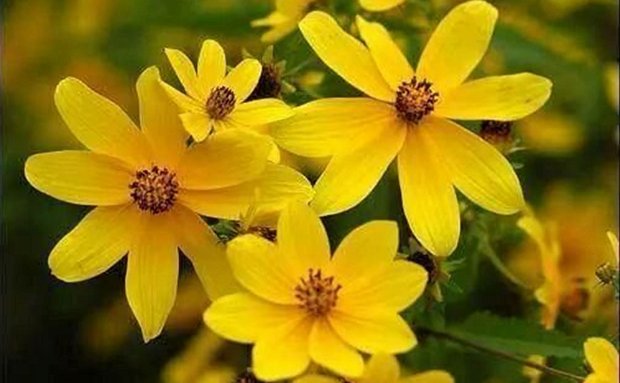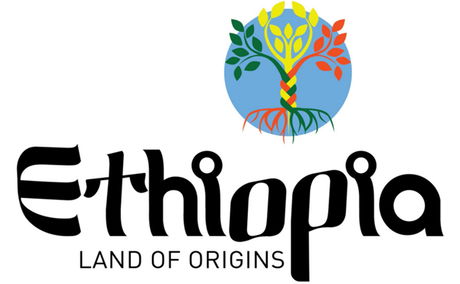The price of an electronic tourist visa for Ethiopia has just been reduced by US$20.
Happy Ethiopian New Year / Ethiopian Calendar

Happy Ethiopian New Year (Enkutatash) - Melkam Adis Amet
It's fascinating to learn about the unique features of the Ethiopian calendar. The Gregorian calendar is indeed 7 years and 8 months ahead of the Ethiopian calendar, and the New Year typically falls on September 11, or September 12 in a leap year.
The Bidens macroptera, or Adey Abeba, is a beautiful symbol of the transition from the rainy season to summer and also represents the renewal associated with the new year. To name the years, the use of the four Gospels —Matthew, Mark, Luke, and John in rotation every four years is a wonderful example of how traditions and religious elements are woven into the fabric of timekeeping.
May this new year bring you joy, prosperity, and many blessings!
Ethiopia is a nation with a unique calendar system. Compared to the Gregorian Calendar, it is 7 years and 8 months behind. The New Year lies on Meskerem 1 or September 11 and becomes 12 in a leap year. One of the uniqueness Ethiopia is known for is its 13th month (Pagume). For this, it had its previous tourism motto "13 months of sunshine" which no country in the world claims to have. The 13th month, Pagume, contains only 5 days and becomes 6 on a leap year (like February 29) while the rest of the 12 days have 30 days each with no DST (Daylight Saving Time).
To name the years, the use of the four Gospels —Matthew, Mark, Luke, and John in rotation every four years is a wonderful example of how traditions and religious elements are woven into the fabric of timekeeping.
The other unique flora concerning the New Year is the Bidens macroptera (locally called Adey Abeba) a species of the herb in the family Asteraceae and native to Ethiopia. Adey Abeba symbolizes not only the end of the rainy season and the start of summer but also the end of a year and the beginning of a new one. it only blossoms in August and stays for two months. It's a small flower with 8 yellow petals with a light orange spot at the edge.

For the Ethiopian New Year (Enkutatash), a group of young girls sing the traditional New Year song Abebayehosh (Abebayesh Woy) and give Adey Abeba to their parents, relatives, neighbors, and loved ones as a symbol of luck and blessing for the new year.
The tradition of celebrating the New Year has long-standing cultural and religious significance and this shows its rich cultural tapestry interlocking with nature by using the Adey Abeba flower as a symbol of the new year, new season, and new beginnings.
Further Reading
ADDIS ABABA – Ethiopia’s Wenchi, a site with a crater lake and picturesque landscape and an island monastery, has been selected as Best Tourism Villages 2021 by World Tourism Organization (UNWTO).
Ethiopia resumed the e-Visa services.




Share This Post